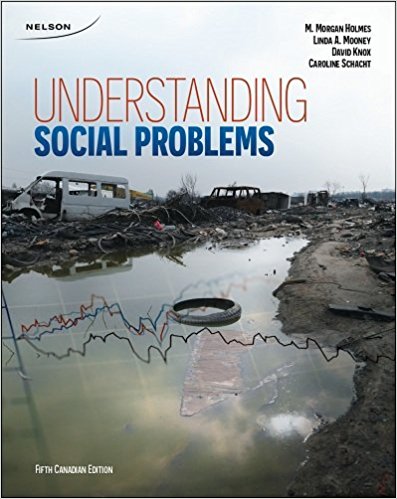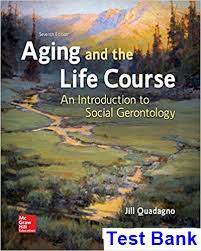Description
UNDERSTANDING SOCIAL PROBLEMS 5TH EDITION By M. MORGAN – Test Bank
Chapter 1: Thinking about Social Problems
Chapter 2: Illness and Health Care
Chapter 3: Alcohol and Other Drugs
Chapter 4: Crime and Violence
Chapter 5: Family Problems
Chapter 6: Youth and Aging
Chapter 7: Gender Inequality
Chapter 8: Critical Studies in Race and Ethnicity
Chapter 9: Sexualities
Chapter 10: Poverty: National and International Issues
Chapter 11: Work and Unemployment
Chapter 12: Problems in Education
Chapter 13: Environmental Problems
Chapter 14: Armed Conflict in Global Perspective
CHAPTER 3 – Alcohol and Other Drugs
|
1. Which of the following models did Great Britain adopt to deal with drug abuse in that country? a. the harm reduction model b. the legal model c. the medical model d. the criminal model ANSWER: c |
|
2. Which country treats drug use as a health issue rather than a crime issue? a. Denmark b. Germany c. Greece d. The Netherlands ANSWER: d |
|
3. A country has decided to adopt a different approach to dealing with its drug problem that is less punitive and involves the use of licensed physicians. What is this approach called? a. the harm reduction approach b. the war on drugs c. the medical model d. the therapeutic community approach ANSWER: c |
|
4. Which of the following issues is the Canadian Foundation for Drug Policy (CFDP) primarily concerned with? a. lenient drug laws b. harsh drug laws c. drinking and driving legislation d. treatment centres for drug-dependent individuals ANSWER: b |
|
5. What is the most abused drug in Canada? a. marijuana b. alcohol c. amphetamines d. depressants ANSWER: b |
|
6. Prior to 1906, which of the following was contained in Coca-Cola? a. Aspirin b. alcohol c. codeine d. cocaine ANSWER: d |
|
7. What does the heavy consumption of alcohol on weekends by a teenager exemplify? a. drug addiction b. dependency c. drug abuse d. drug resiliency ANSWER: c |
|
8. According to the structural-functionalist perspective, which of the following states likely leads to an increase in drug abuse? a. cognitive dissonance b. anomie c. suicidal ideation d. relative deprivation ANSWER: b |
|
9. What is another term for chemical dependency? a. drug addiction b. drug abuse c. drug habituation d. drug misuse ANSWER: a |
|
10. According to Health Canada, which of the following social factors is strongly associated with substance abuse? a. lack of access to proper health care b. divorce c. dysfunctional and abusive families d. father’s occupational status ANSWER: c |
|
11. In addition to drug use during pregnancy, which of the following is a major substance abuse–related issue for women? a. substance abuse after divorce b. cocaine dependency c. smoking d. misuse of prescription drugs ANSWER: d |
|
12. According to the feminist perspective, who is most likely to be charged with abusing illegal drugs during pregnancy? a. older women (ages 40?0?50) b. marginalized women c. career women d. rural woman ANSWER: b |
|
13. According to the conflict perspective, where might you expect to find elevated rates of drug abuse? a. France b. South Korea c. Bolivia d. Syria ANSWER: b |
|
14. Which perspective emphasizes that it is the most powerful members of society who influence the definitions of which drugs are legal? a. symbolic interactionist perspective b. structural-functionalist perspective c. conflict perspective d. social control perspective ANSWER: c |
|
15. Which perspective says that drug users learn the motivations for drug use, techniques for drug use, and what to experience after ingesting drugs? a. symbolic interactionist perspective b. conflict perspective c. structural-functionalist perspective d. social control perspective ANSWER: a |
|
16. According to the symbolic interactionist perspective, why do people use drugs? a. because they have learned to label the drug-using experience in positive terms b. because they have a biological predisposition to drug addiction c. because they have been exploited and alienated by a capitalistic society d. because their society is in a state of anomie ANSWER: a |





Be the first to review “UNDERSTANDING SOCIAL PROBLEMS 5TH EDITION By M. MORGAN – Test Bank”